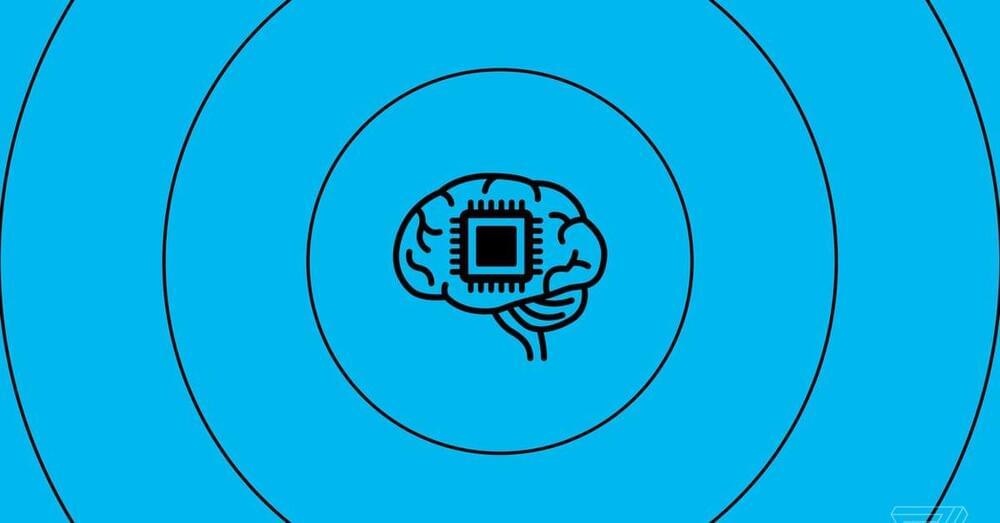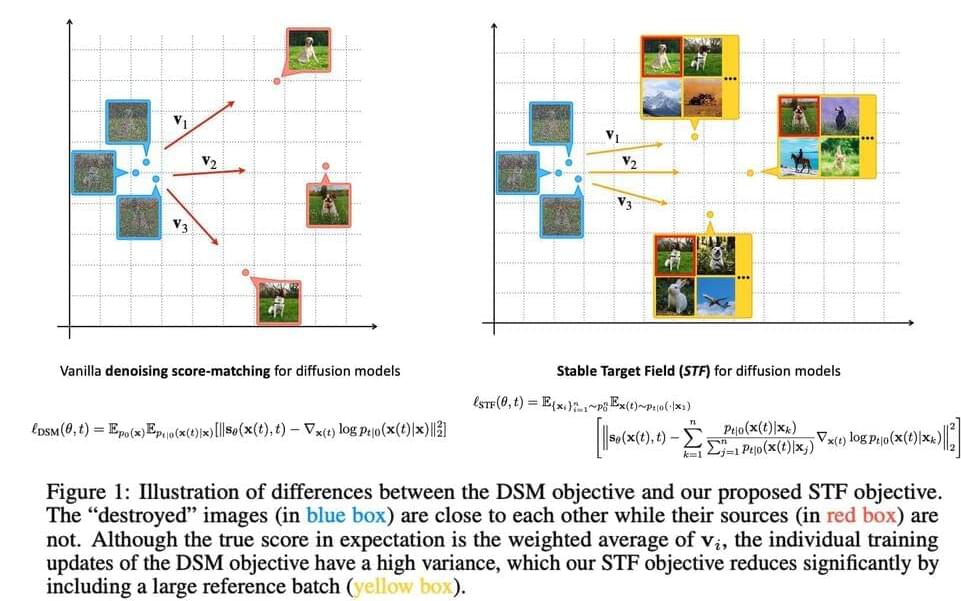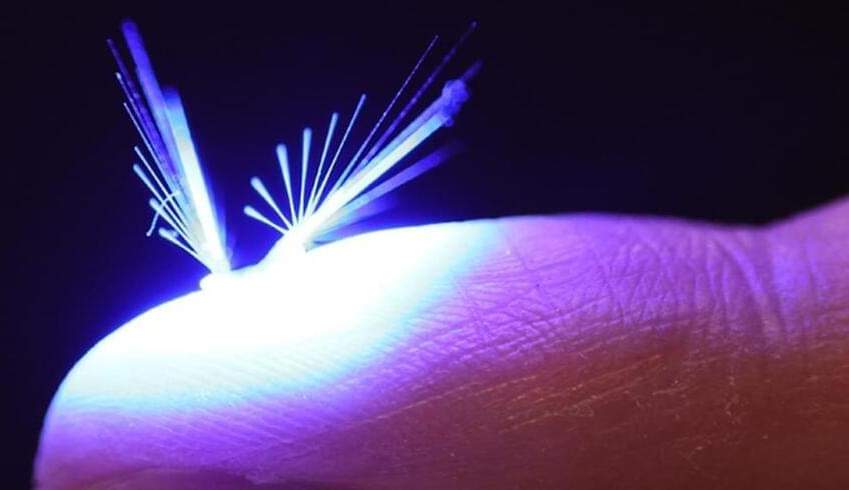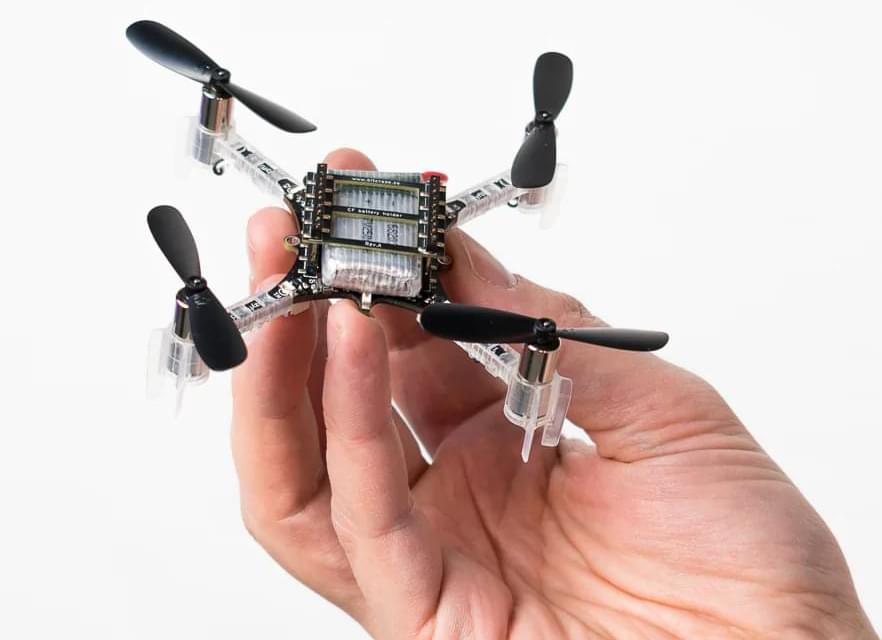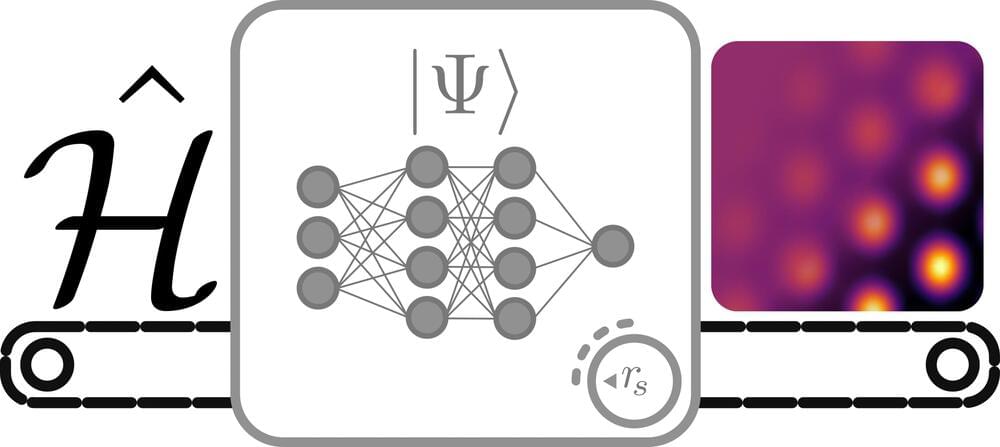Feb 7, 2023
Microsoft and Google are about to Open an AI battle
Posted by Gemechu Taye in categories: futurism, robotics/AI
After six years of peace, the two tech giants are on course to butt heads again over the future of artificial intelligence.
Microsoft is about to go head-to-head with Google in a battle for the future of search. At a press event later today, Microsoft is widely expected to detail plans to bring OpenAI’s ChatGPT chatbot to its Bing search engine. Google has already tried to preempt the news, making a rushed announcement yesterday to introduce Bard, its rival to ChatGPT, and promising more details on its AI future in a press event on Wednesday.
The two tech giants are on course to butt heads again.
